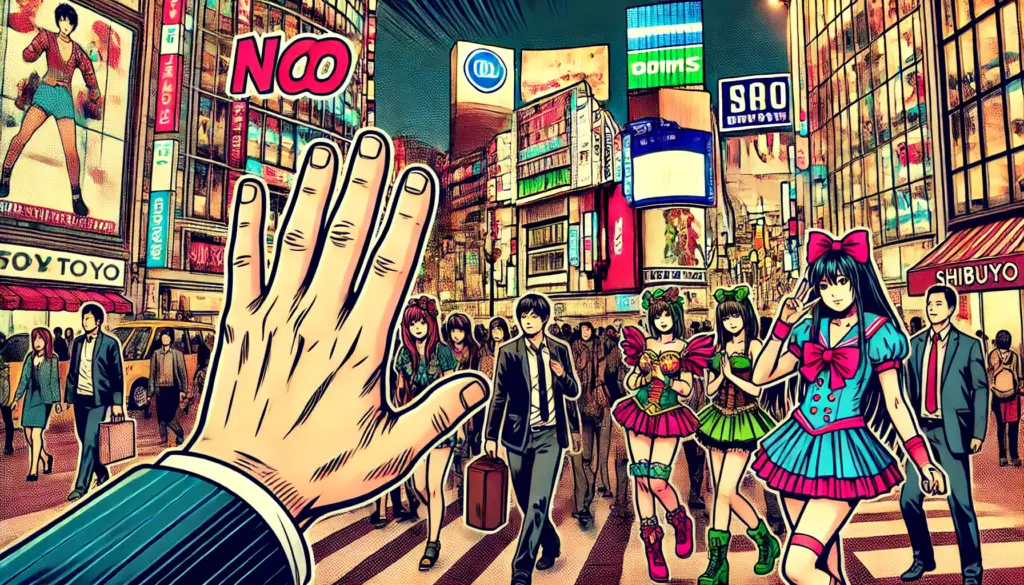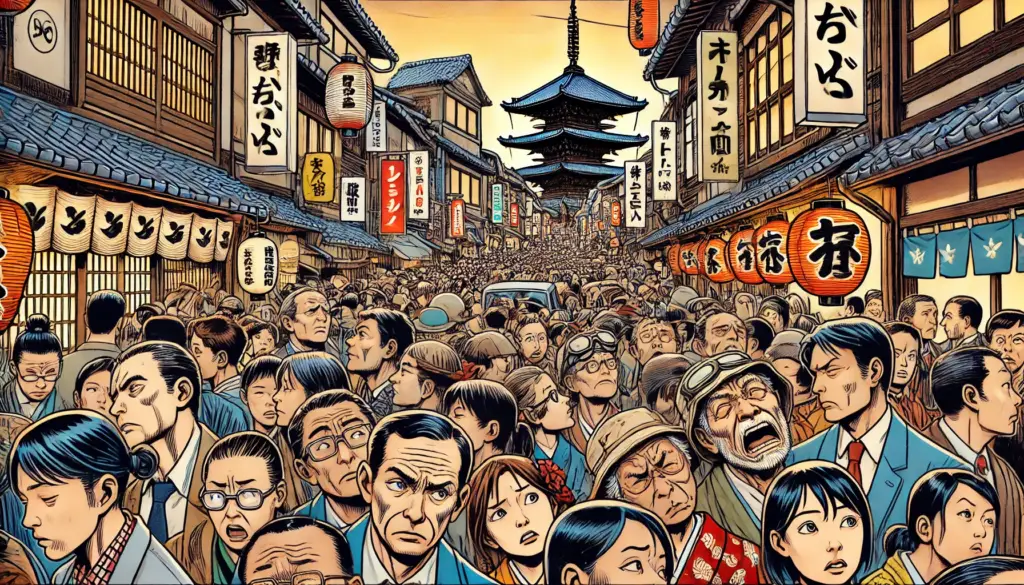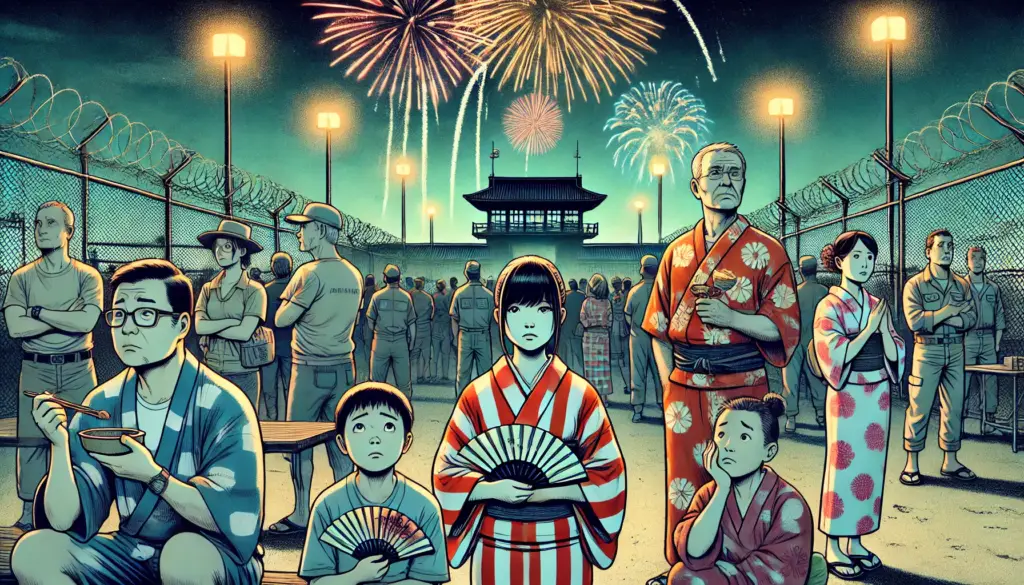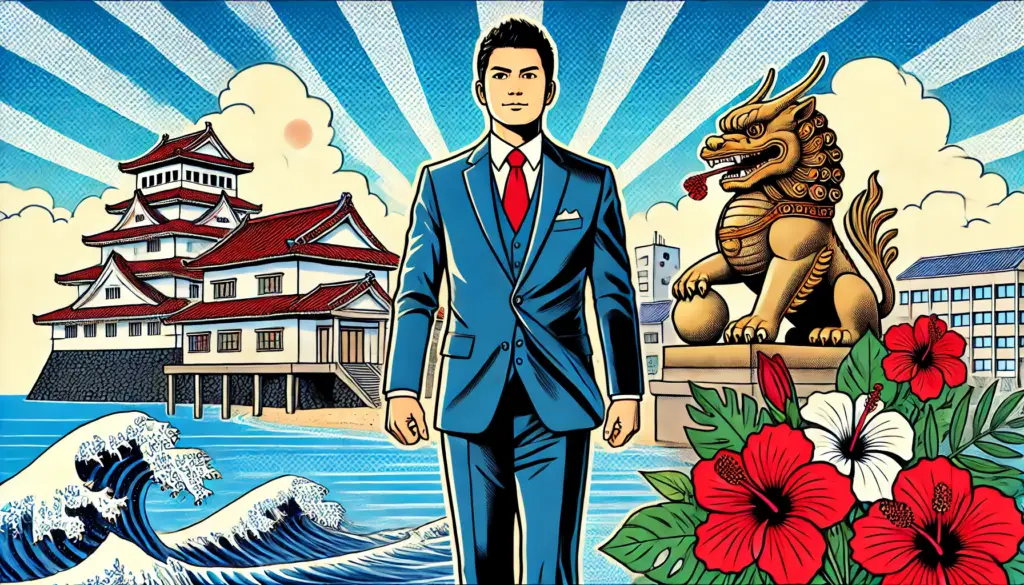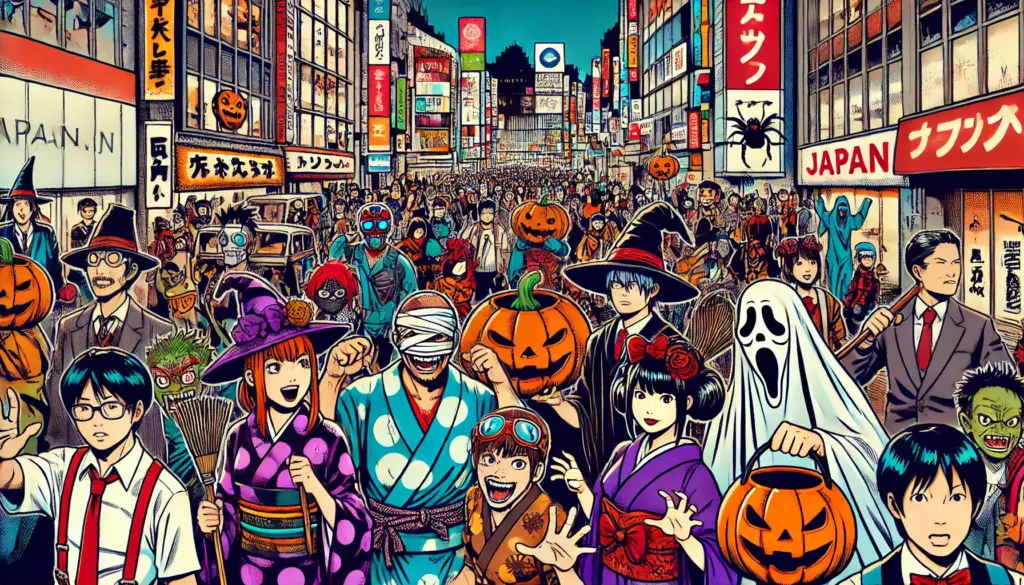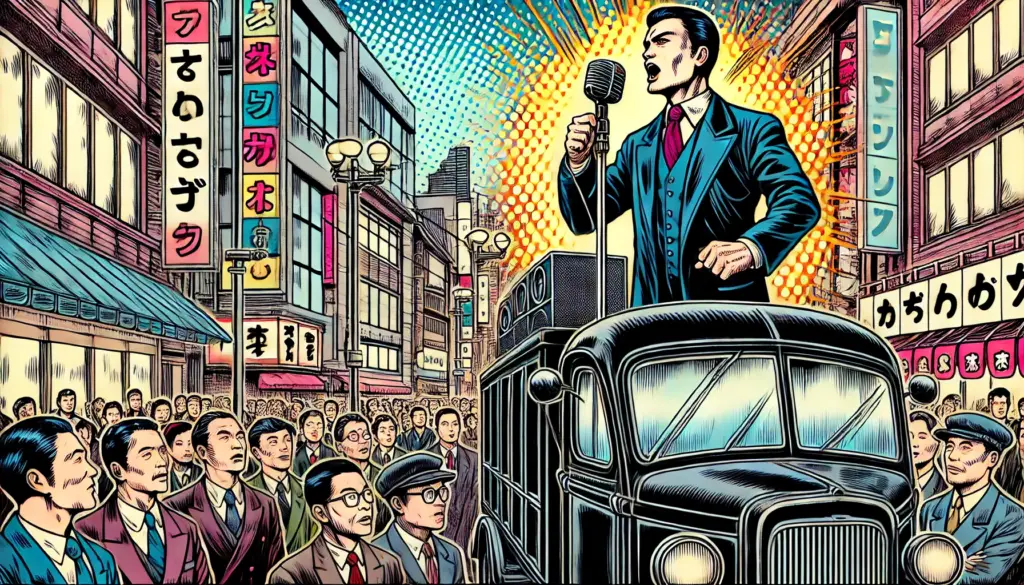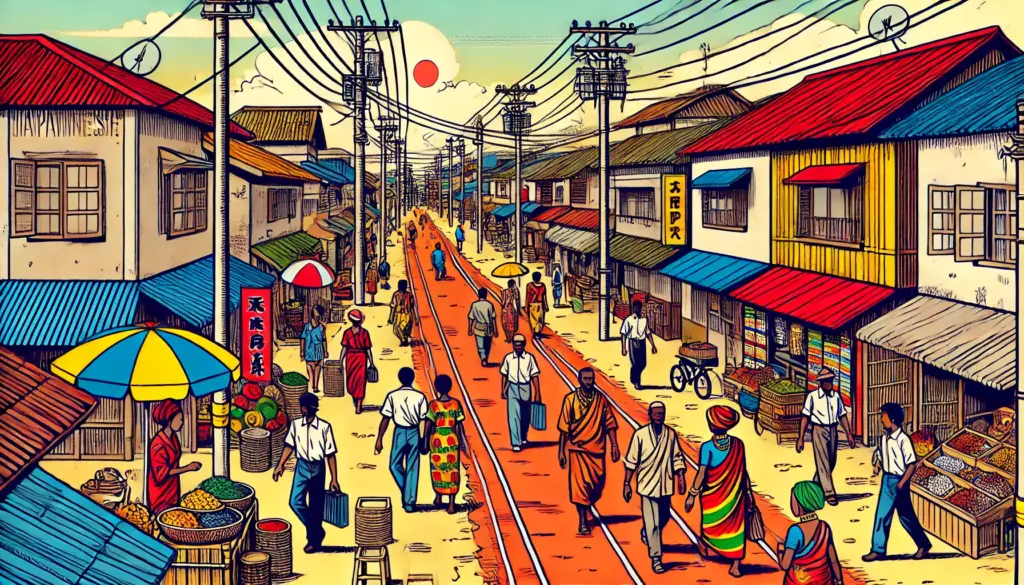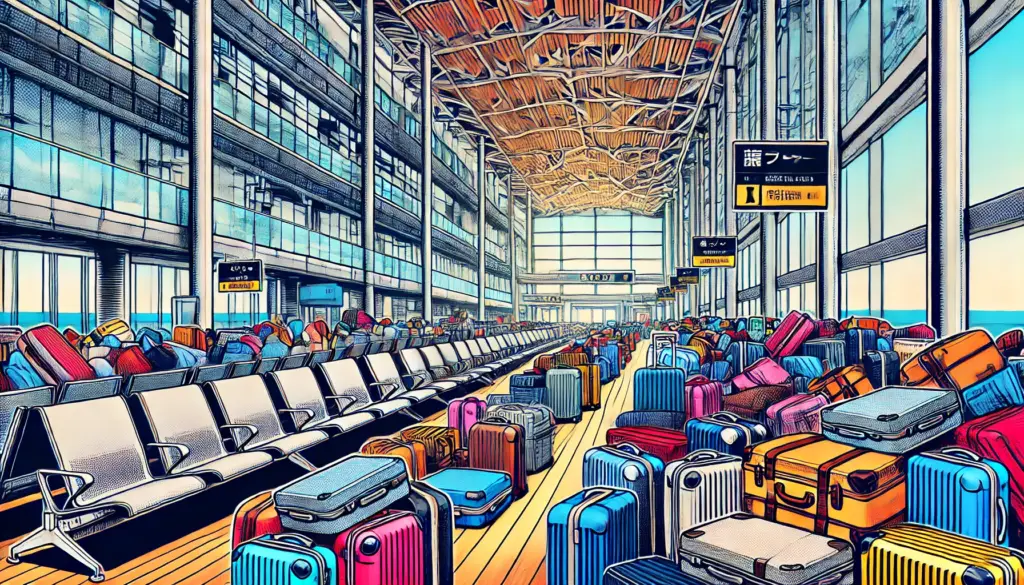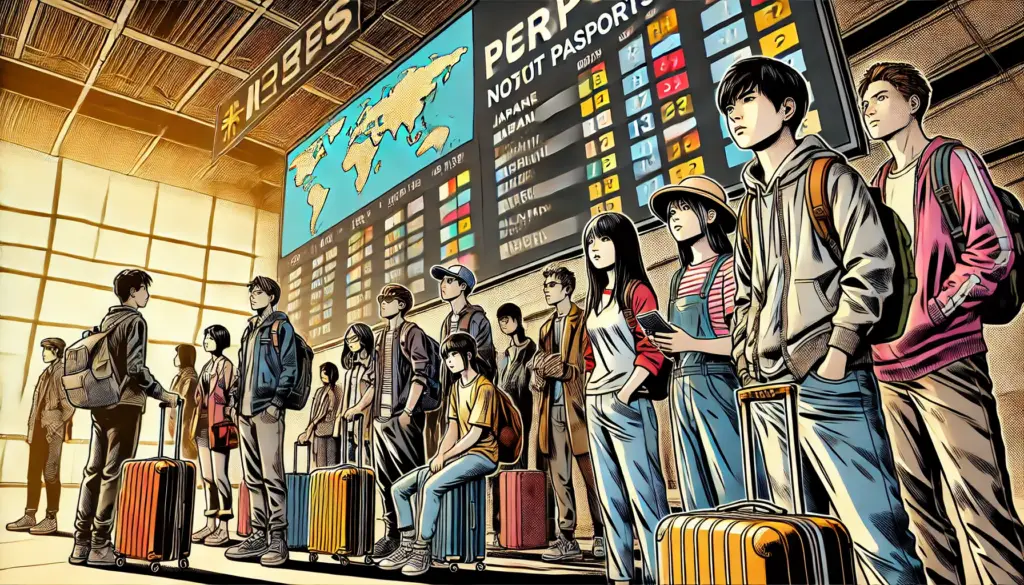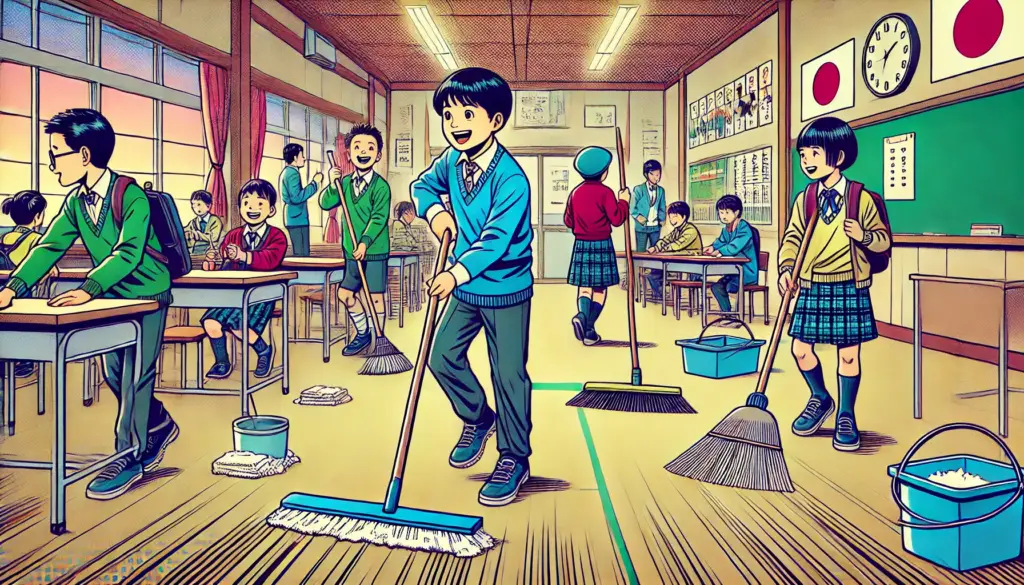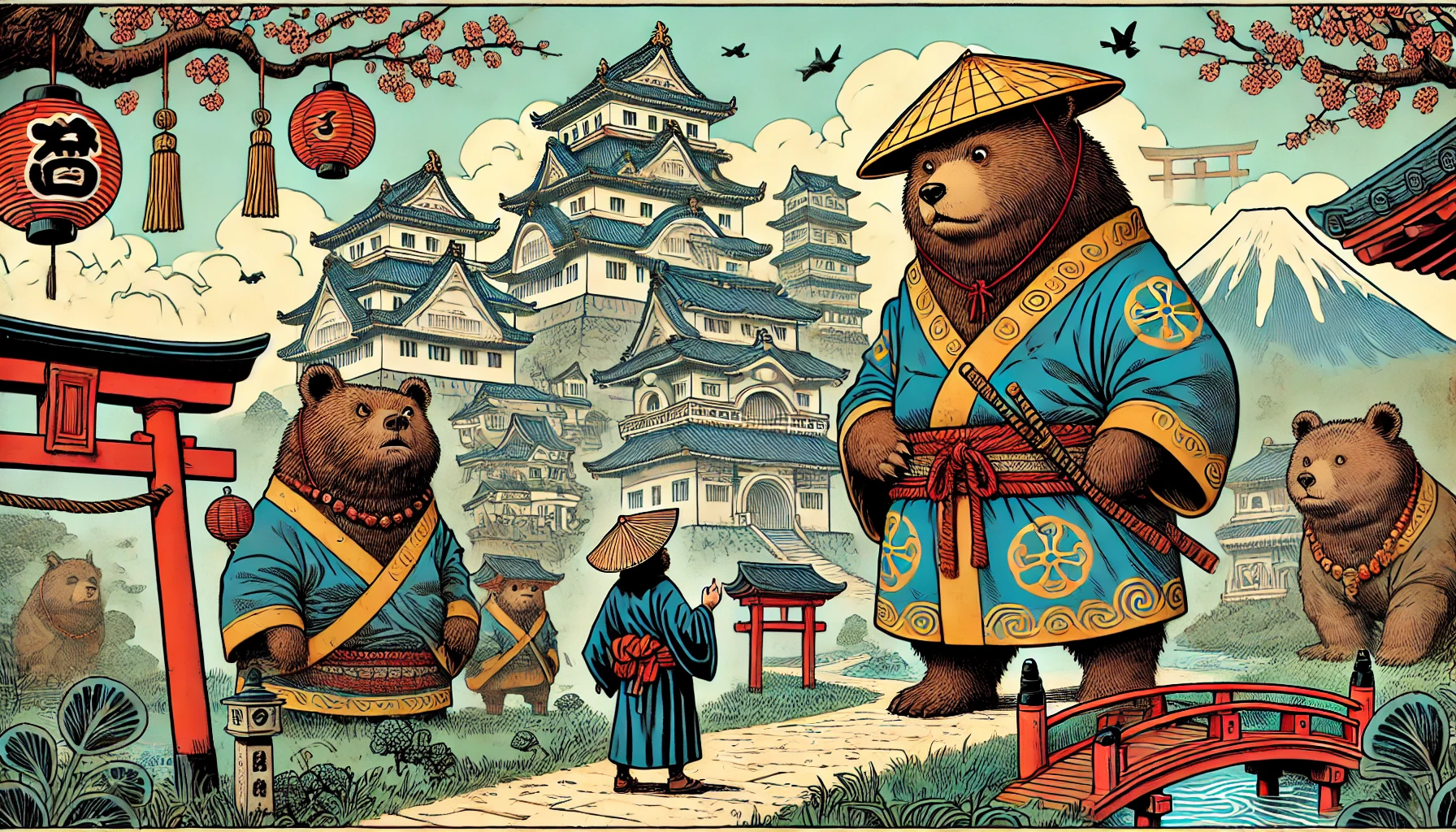
In recent years, Japan has witnessed an alarming rise in bear encounters 🐻—not just deep in the mountains, but increasingly near towns and villages. Once a rare news item, bear attacks are now regular headlines, sparking serious concerns about public safety and wildlife policy. Could Japan really be at risk of being “ruled” by bears?
Let’s explore what’s happening, what’s changed from the past, and what’s causing this unusual surge in bear-related incidents.
📊 A Sharp Rise in Bear Encounters
According to data from various prefectural governments and environmental research centers, bear sightings and attacks have skyrocketed in recent years.
- 2023 saw 219 people injured and 6 killed by bears in Japan—the highest on record.
- In Akita Prefecture, the number of reports more than tripled compared to a decade ago.
- In rural areas of Tohoku and Hokuriku, bears have been seen walking through schoolyards, shopping centers, and even public roads.
Compare this with the 1980s or 1990s, when bear encounters were extremely rare and mostly contained to remote mountain villages. What changed?
🧭 Why Bears Are Getting Closer
Several key factors are contributing to the growing bear threat:
- Population Boom
Due to conservation efforts and fewer hunters, Japan’s bear population—both Asiatic black bears and brown bears—is increasing steadily. In some regions, their numbers have doubled over the past 20 years. - Food Scarcity in the Wild
Warmer weather and deforestation have reduced the availability of natural food like acorns. This pushes hungry bears into human areas in search of calories—often garbage or crops. - Changing Bear Behavior
Experts are warning that bears are no longer afraid of humans. They have become desensitized, especially younger bears that grow up seeing humans as a food source rather than a threat.
🔫 Where Are the Hunters?
Japan’s hunting community, once a key tool for keeping bear populations in check, is facing serious decline:
- The number of licensed hunters has dropped by more than 60% in the past 30 years.
- The average age of a hunter in Japan is now over 65 years old.
- Gun laws are strict, and obtaining a hunting rifle involves a long, expensive, and bureaucratic process, discouraging younger people from joining.
This means there are fewer people equipped or authorized to respond when bears enter human areas.
🏞️ Are Urban Bears the New Normal?
Japan’s countryside is shrinking—literally. Depopulation, especially in remote towns, means fewer people to maintain farmland, scare away wildlife, or alert authorities. Bears are finding empty homes, neglected fruit trees, and abandoned rice fields—essentially free real estate.
Some local governments are experimenting with AI-powered bear detection systems, sound alarms, and even robotic wolves. But these solutions are still in early stages.
🐾 A Future with Bears?
While it may sound exaggerated to say Japan is being “taken over by bears,” the threat is very real—especially in rural areas. Without policy reform, active wildlife management, and better community coordination, Japan could continue to see increasing human-bear conflict in the years ahead.
So no, Japan won’t be ruled by bears anytime soon—but if trends continue, we may need to rethink the balance between nature and safety.



